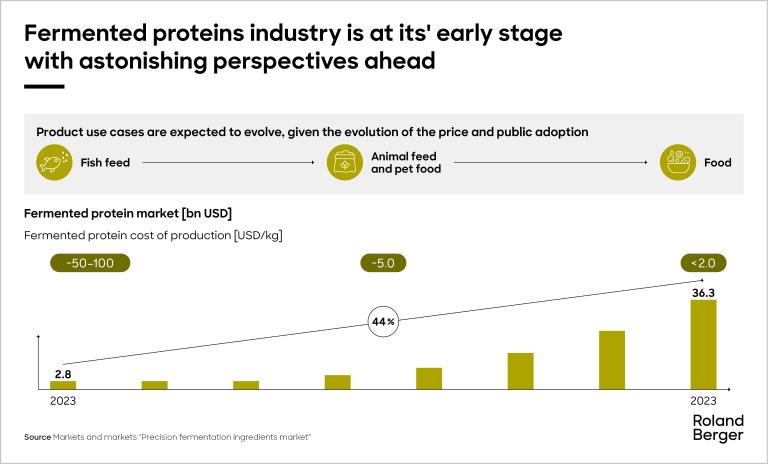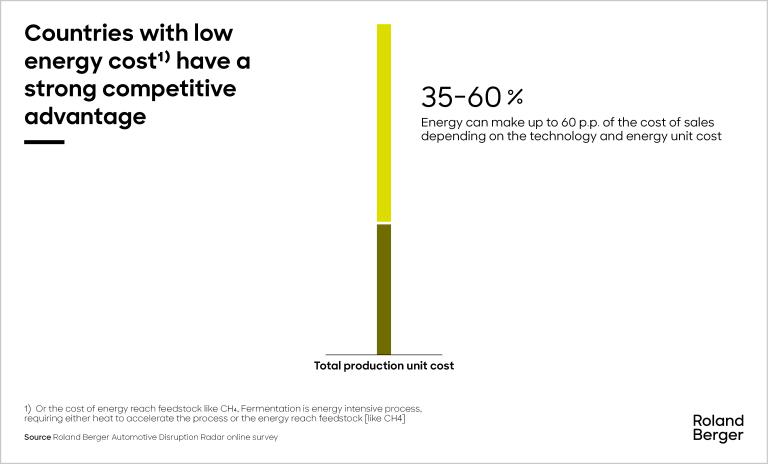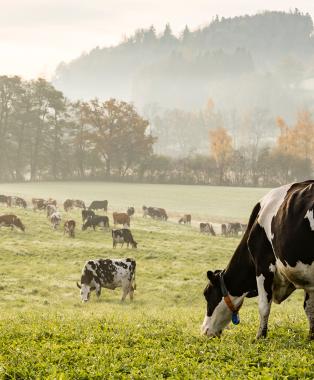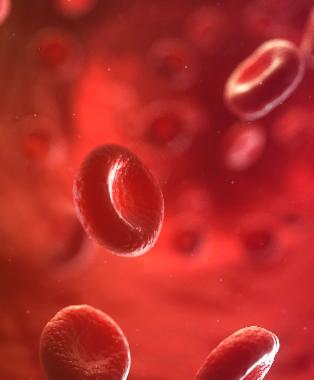The agri-inputs market is evolving, driven by demand for sustainable solutions. Spanish providers must diversify portfolios and markets while focusing on scalable biological products.


Unleashing the potential of protein fermentation
A sustainable and innovative approach to food production
The alternative protein sector emerged as a promising solution for certain food intolerances and upcoming global animal protein scarcity, challenged with significant environmental impact, dependance on scarce arable land and animal welfare considerations.

"Protein fermentation is a game-changer in sustainable food production, addressing global protein demand while minimizing environmental footprints."
The leading approach in producing Alternatives now is plant protein; however, it solves the challenge only partially, while the protein fermentation industry has emerged as a sustainable and innovative alternative.
This article discusses the sustainability benefits of protein fermentation, the industry's promising future, the GCC's competitive edge, and the key factors and regulations needed to drive industry growth.
Protein fermentation is a much more sustainable way vs. livestock farming
Proteins are fermented with microorganisms such as bacteria, yeast, and fungi. According to a report by the GFI, this approach results in 10-30 times lower greenhouse gas emissions, requires 10-1000 times less water, and uses up to 10-100 times less land, depending on the feedstock and technology. Additionally, it eliminates the need for animal stress and slaughtering and minimizes the use of antibiotics and chemicals, which are only required to cultivate bacteria feedstock. This makes protein fermentation a pivotal advancement in sustainable food production.
The fermented proteins industry is at its early stage, with astonishing perspectives ahead
Fermentation science is expected to develop, and technology will allow the creation of a wide variety of proteins at a large scale with low-cost
Research shows that precision fermentation ingredients market size was worth USD 2.8 billion in 2023 and is estimated to expand at over 44.0% CAGR from 2023 to 2030, reaching USD 36.3 billion in 2030.
GCC countries possess a solid competitive advantage in this industry due to the low cost of energy
Fermentation is an energy-intensive process, requiring either heat to accelerate the process or the energy needed to reach feedstock such as CH4. The cost of energy can make up to 60% of the total production cost, depending on the technology and energy cost. Countries with low energy costs, such as the Gulf Cooperation Council (GCC) countries, have a strong competitive advantage in this industry. GCC countries are prone to build a strong presence in fermentation, given the low cost of energy, vast access to capital, and the ability to allure leading know-how players with support measures.
Four crucial factors must be addressed at the national level to accelerate the development of the protein fermentation industry
First, countries need a clearly defined vision and strategy to build an integrated ecosystem that supports the industry’s growth. This strategy must have a detailed roadmap, a set of priorities for technology and end-products, an approach to building integration with off-takers, and a comprehensive view of the support.
Second, it is essential to create a dedicated and empowered task force. This group should focus on attracting and facilitating the expansion of the leading technological players within the protein fermentation sector. By doing so, GCC countries can attract cutting-edge innovations in the alternative protein space and ensure that the know-how, knowledge of the applications, and a partner's network are scaling up rapidly.
Third, implementing best-in-class regulations is crucial. There is no “fast track” for alternative protein innovations now, with multiple regulatory domains being adjusted differently globally. Such relevant regulations for the GCC countries should support innovation, facilitate acceptance, and ensure a swift route-to-market for new products, shortening the overall industry cycle. The regulatory framework should encourage growth while maintaining safety and quality standards.
Finally, direct and indirect government support is needed to fuel the industry's development. This includes facilitation for the funding of research and development (R&D), access to existing R&D and academia infrastructure, cheaper CAPEX financing, and other direct subsidies (payment exemptions) on government-controlled costs – taxes, land, licensing, etc. Moreover, governments can play an orchestrating role in building vertically integrated, circular economy schemes, securing off-take agreements for state needs, such as reserves, military, and social care, and ensuring a stable demand for protein fermentation products.
To earn a place on a global alternative proteins map, GCC governments have the opportunity to shape unique regulatory frameworks that will attract ambitious innovators.
Governments must prioritize the implementation of six crucial regulatory domains to cultivate an exceptional environment for the protein fermentation industry
These six regulatory domains create a comprehensive framework that supports the safe, sustainable, and successful development of the protein fermentation industry.
- Product Definition with Safety and Quality Standards: This domain involves establishing clear definitions for products, along with rigorous safety and quality standards. These standards ensure that products are safe for consumption and meet specific quality benchmarks, which is crucial for gaining consumer trust and regulatory approval.
- Approval: The approval process is essential for ensuring that new products meet all necessary regulations before they can enter the market. This includes rigorous testing and evaluation to ensure that the products are safe, effective, and compliant with existing laws.
- Intellectual Property Registration and Protection: Protecting intellectual property (IP) is vital for encouraging innovation in the protein fermentation sector. This domain ensures that companies can secure patents and trademarks for their innovations, safeguarding their research and development investments from being copied or misused by competitors.
- Labeling: Accurate and transparent labeling is crucial for informing consumers about what they are buying. This domain ensures that products are properly labeled with all necessary information, including ingredients, nutritional content, and any potential allergens. Proper labeling also helps in maintaining compliance with regulatory requirements.
- Environment and Animal Welfare: Regulations in this domain focus on minimizing the environmental impact of protein production and ensuring animal welfare where applicable. This includes adopting practices that reduce carbon emissions, conserve resources, and eliminate or reduce the need for animal involvement in protein production.
- Import/Export: This domain covers the regulations surrounding the international trade of protein fermentation products. It ensures that these products comply with global standards and can be exported or imported without significant barriers. These regulations facilitate global market access and trade, helping the industry expand beyond national borders.
In conclusion, the development and success of the protein fermentation industry hinge on a multifaceted approach that combines a clear strategic vision, dedicated support from key stakeholders, and robust regulatory frameworks. By adopting best-in-class regulations across critical domains such as product safety, intellectual property, and environmental impact, and by fostering innovation through empowered task forces and government support, countries can create an environment that propels the industry forward and ensures its sustainability and global competitiveness. As the demand for sustainable protein sources grows, these efforts will be essential in positioning the GCC protein fermentation sector as globally leading.







